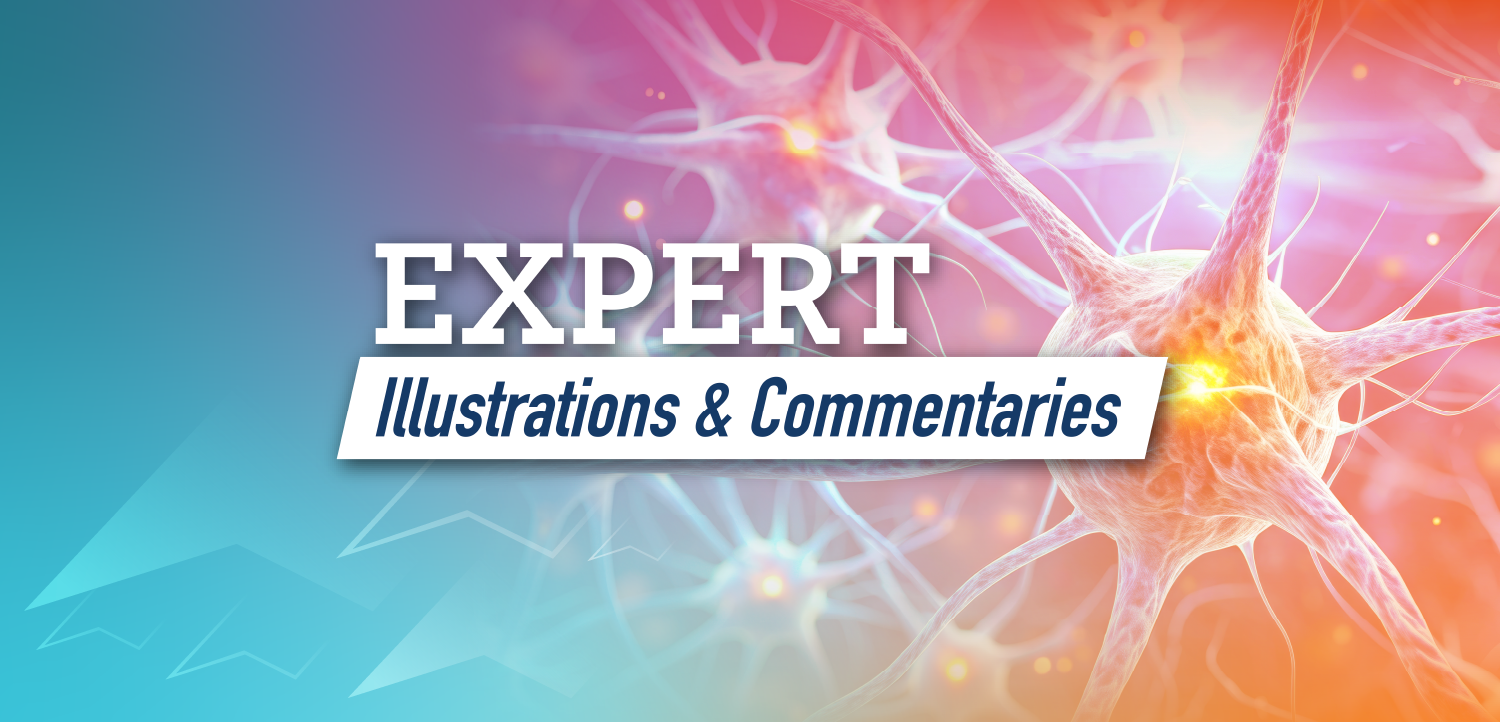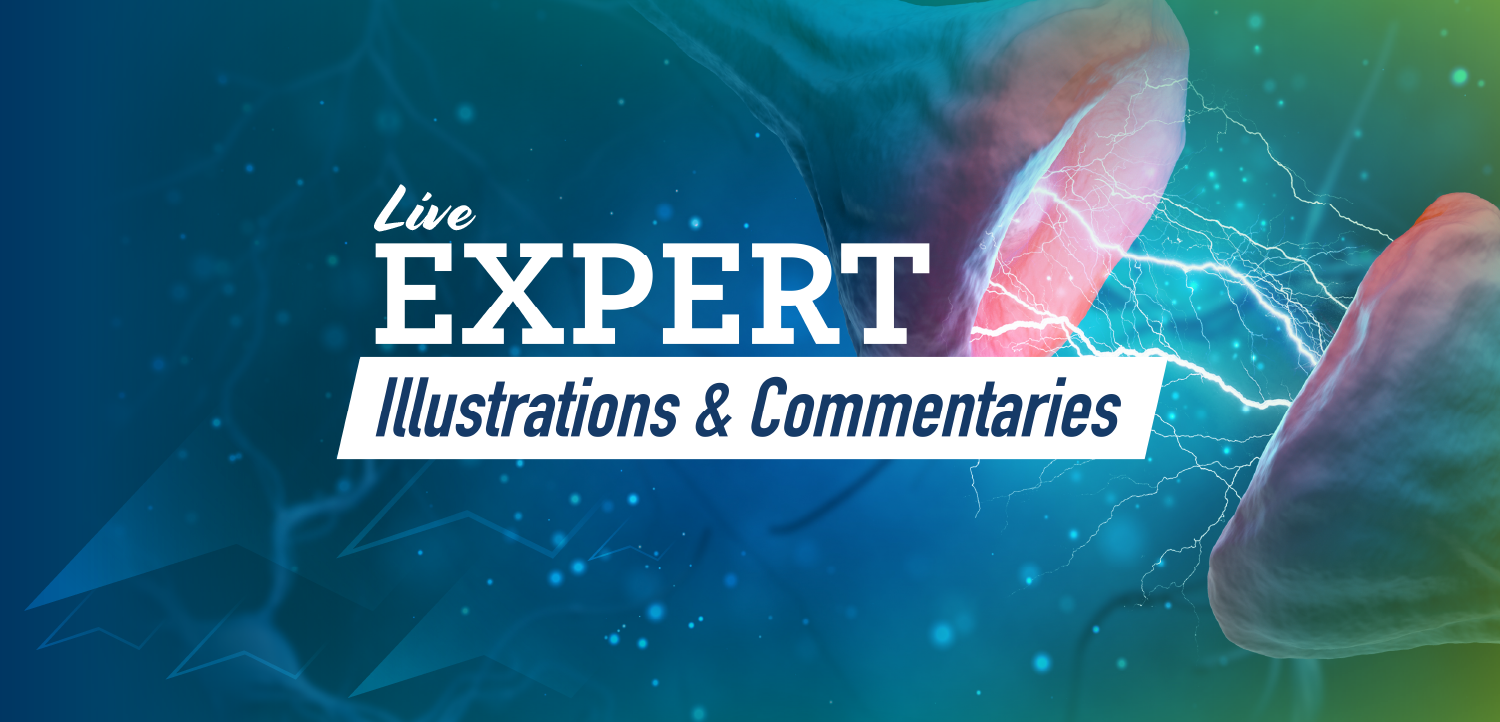
- Vol 42, Issue 8
A Pediatric Agitation Management Guide: “You Need to Calm Down”
Key Takeaways
- Agitation is a symptom, not a diagnosis, and can precede aggression, necessitating careful management to prevent escalation.
- A multidisciplinary approach, involving various healthcare professionals, is essential for effective agitation management.
Effective strategies for managing child agitation focus on individualized care, multidisciplinary support, and proactive interventions to ensure safety and calm.
Given the acute safety risk, management of agitation is a critical skill. There are many definitions of what agitation includes, but it will be defined here as a heightened level of arousal characterized by physical and/or emotional dysregulation caused by multifactorial etiology. Agitation is a group of feelings and behaviors; however, it is not a diagnosis, but rather a clue toward the final diagnosis. Although agitation and aggression are often used interchangeably, aggression includes an intent to cause harm, which creates more urgency to intervene. Thus, agitation may almost be a precursor to aggression.
In my experience, there are 10 best practice tenets that should be leveraged (and avoided—namely, using the phrase “you need to calm down”!). In adults and pediatrics, the etiology of behavior may be different, but the response is very similar. Every individual is different, and thus intervention effectiveness can differ person to person and crisis to crisis. Tailoring the approach to meet the unique needs of the individual in crisis will lead to increased success. By understanding these issues, the clinician will be better able to recognize, prevent, and/or address issues.
Use Your Resources
The complex nature of agitation lends itself to a multidisciplinary prevention and management strategy. From a psychiatric perspective, there are a number of professionals who can provide useful input: behavioral analysts, occupational therapists, pharmacists, and psychiatric clinicians. Clinicians are encouraged to widen the net and consider other professionals as part of the pediatric care team to help guide individualized care plans, such as social workers, guardians, caregivers, family members, teachers, and more. In the setting of an
Share Your Calm
Considering the concepts of coregulation, if clinicians can remain calm, we influence the outcome. Similarly, with this power of influence, the clinician can also cause further escalation. Making sure all individuals involved in the situation remain regulated can facilitate a positive outcome. Nevertheless, safety for the patient and the health care team is a priority. If there is an increased risk of violence, consider interviews in less secluded spaces, or with other clinicians present. Should things begin to escalate, get yourself to a place of safety first. Know your workplace’s procedure for obtaining assistance.
Genuine Intention Is Catching
Being genuine is the foundation of quickly building rapport and therapeutic relationships. Although word choice is important, the clinician’s investment in the outcome is evident. Using names is a great way to start, as the human brain reacts uniquely to hearing one’s own name. In times of crisis, using a name, if known, spoken in a calm tone of voice, can be a grounding technique, calling focus away from the crisis and toward the clinician. Be wary of using gendered greetings, like “mister” or “miss.” However, this is discretionary, as some generations may perceive “mister” or “miss” to be respectful. If both you and the others involved in the person’s care do not know the person’s name, wait to ask until they have regulated their emotions.
Consistency Is Kind
One of the core tenets of trauma-informed care is trust, which is possible only when there are clear and consistent expectations for both parties. Integrating consistent and predictable routines provides success. Behavior management plans, sticker charts, and daily routines or schedules can be considered to achieve this. Success is greater if these plans are created in collaboration with the patient, empowering them and providing some control. In the hospital setting, this may mean focusing efforts on one-on-one observer staff. In outpatient settings, look to paraprofessionals, teachers, or child care providers. Ensure staff are communicating at the appropriate developmental level for the child. Additionally, by clearly defining expectations, it is easier to reflect on these during a crisis. For example, if staff use the phrase “you need to be safe,” but safe has never been defined when the patient is well regulated, it is unlikely that you will obtain that desired safe behavior. Importantly, staff must use the same definition. This can be a very effective intervention for any type of behavior modification, including in eating disorder treatment.
Consider the Environment
When considering the cause of agitation, it is crucial to look at the child’s environment. It can provide a more holistic view to consider. Explore the space: Is it too crowded, loud, bright, cold, hot, etc? For new environments, a social story can help normalize the space. Consistent and gradual exposure to sensory stimuli improves a patient’s sensory window of tolerance, making them less susceptible to increased agitation. Additionally, consider the need for fun child-led play, which can add some variety to the day and make the environment less bland. Utilize options such as arts and crafts, music, dancing, yoga, pet therapy, or playing games to ensure the space is one with which the child builds positive associations.
Provide a Sensory Diet
Proactive care includes addressing unmet sensory needs, and it is also important in acute agitation. This approach is very effective in patients with autism spectrum disorder, but all individuals have sensory needs and thus it can be used in other populations. When looking at undesired behavior, consider the function of the behavior. Providing an individualized and rich sensory diet can prevent problem behavior. The targets for this diet are vestibular, tactile, and proprioceptive senses. For a child who bites, consider whether they need more oral tactile input. Behavior may improve with chewing toys or a variety of hot or cold items to taste. If the child throws objects or moves/destroys property, they may need more heavy work and engagement of large muscle groups. Target proprioceptive options like bouncing on a ball or wall push-ups. Dysregulated behavior could also result from a lack of vestibular input. Add jumping, rolling, or spinning in safe ways.
Reflect on Trauma’s Role
The lasting effect of trauma is not to be underestimated. Unresolved trauma can present as rage.1 Even after considering or addressing other underlying conditions such as depression, anxiety, and
The Goldilocks Goal
Be aware of the child’s developmental age and engage them at this level instead of their chronological age. Then use that level as a starting point for how to interact, play, process information, and regulate and recognize emotions. This allows the child to be successful and helps find the right amount of demand for them. Tasks that are too difficult can cause frustration, shame, and agitation, while tasks that are too simple can cause boredom and problematic behavior. The “just right” amount of demand allows for meaningful, consistent interaction and reduction in distress.
Exhaust Other Options Before Medications
Although pharmacologic interventions can be efficacious, they should be considered only after other interventions are not effective on their own. Consider medications as a “yes, and…” and not an “either or.” Readers interested in learning about nonpharmacologic options and communication techniques can find more information in
Pharmacotherapy as Needed
When it is time to consider
For those in areas with additional resources, such as inpatient hospitals, this approach ideally should allow for multiple lines of medication to be ordered if a single medication does not effectively control agitation. In addition to considering different lines of medication, use linked functionality in the electronic medication administration record to allow an oral option and an intramuscular option. This ensures that health care personnel can offer oral medication when appropriate. Some institutions have begun utilizing a standardized assessment, such as the Brøset Violence Checklist (BVC),6 though there are many other objective tools, to standardize the assessment of agitation, provide medication recommendations based on the level of agitation, and utilize the same scoring system to assess response. The BVC utilizes 6 observable behaviors to assign a score, where the absence of the particular behavior scores a 0 and the presence of it scores a 1, for a total possible score of 0 to 6. This assessment can be done by bedside nursing staff,7 who then provide continued de-escalation and/or medication based on the score they give the patient. Bedside staff then reassess the score after a predetermined amount of time to evaluate the effectiveness of the intervention (see more in the
Concluding Thoughts
There are many options in the management of agitation, but prevention is the best management strategy. However, this is not always possible, and thus clinicians should be well versed in a variety of methods to reduce agitation.
Ms Largent is a psychiatric nurse practitioner and clinical education specialist at Washington University School of Medicine and St Louis Children’s Hospital, respectively.
Acknowledgement: I would like to thank the following individuals for their assistance in providing perspective and support: Natchanan Charatcharungkiat, MD; Megan Kemper, PharmD; Jason Kreuzman, MS, OTR/L; Sara Rogers, PhD, BCBA, LBA; Jan Murphy, MSN, RN, NPD-BC; and Jody Sims, DNP, PNP-PC/AC, PMHS.
References
1. Moreira D, Moreira DS, Barbosa F, et al.
2. Katembu S, Zahedi A, Sommer W.
3. Fritz M, Soravia S-M, Dudeck M, et al.
4. Gerson R, Malas N, Feuer V, et al.
5. Mills KP, Kemper M, Charatcharungkiat N, Hoganson GM.
6. Almvik R, Woods P, Rasmussen K.
7. Mesbah H, Rafique Z, Moukaddam N, Peacock WF.
Articles in this issue
5 months ago
The CellistNewsletter
Receive trusted psychiatric news, expert analysis, and clinical insights — subscribe today to support your practice and your patients.

















